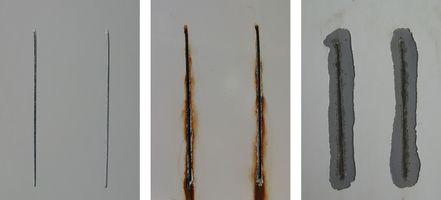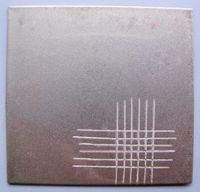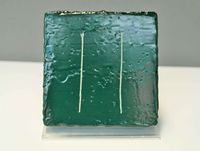Varnishes & Coatings
Through the use of coatings, e.g. lacquers, surfaces can be protected against ambient media. Additionally, it's possible to alter the appearance, or equip the surface with other various functions.
An efficient and inexpensive corrosion protection measure for metallic materials, are coatings with polymer-based varnishes. These can be liquid systems (aqueous, solvent-based), powder coating systems or UV coatings.
The barrier effect prevents involved media such as oxygen, water or acids, from reaching the surface of the substrate. In addition to this barrier effect, further corrosion protection mechanisms can be realized in coating layers, such as:
- Absorption of corrosion-promoting species
- Active anti-corrosion pigments
- Corrosion inhibitors
The effectiveness of such coatings is tested e.g., by means of a salt spray test. The test allows for the evaluation of the degree of rust, delamination and bubble formation - with or without scratching - depending on the duration of exposure.
An essential prerequisite for good corrosion protection of the coatings is, among other things, their adhesion to the substrate, which is tested by means of cross-cutting.
In addition to a protective function for the material, another reason to apply a coating is to adjust certain functional surface properties, such as:
- Electrical conductivity
- Dirt-repellent behavior
- Gloss retention of galvanized steel
- Optical properties of surfaces
- Improvement of resistance to abrasion or chemical attack
The development and optimization of coating systems is carried out in an application oriented manner. For example, a highly chemical-resistant coating was developed for use in biogas reactors. In addition to stability and resistance against the aggressive conditions, the sealing effect on concrete also played a vital role in this development.

Dr. Joerg Leuthaeusser
Head of Department
Primer and Chemical Surface Treatment
e-mail
Phone: +49 3641 2825 48








